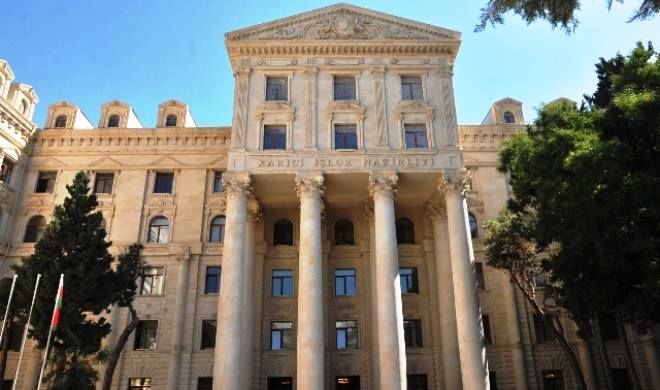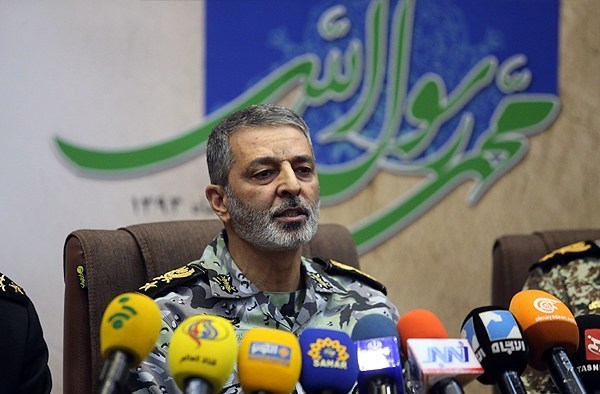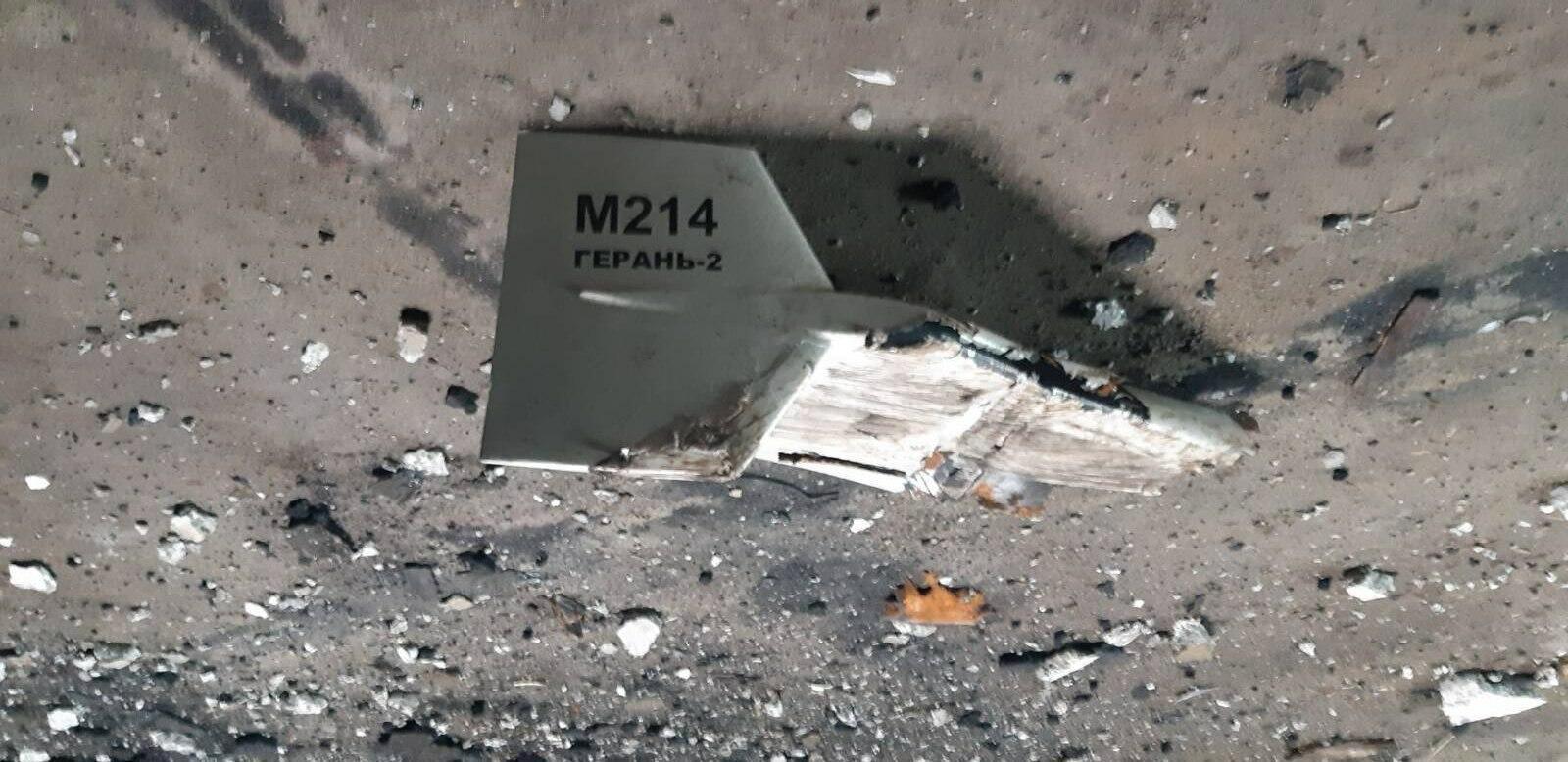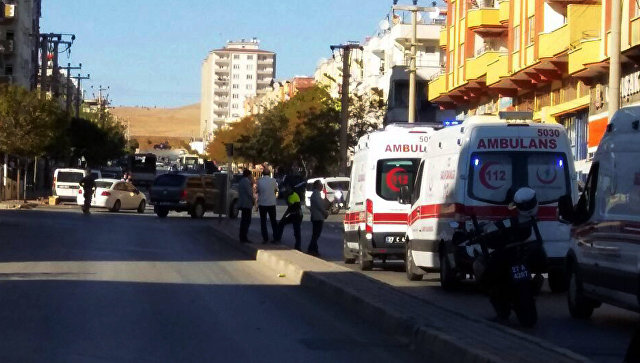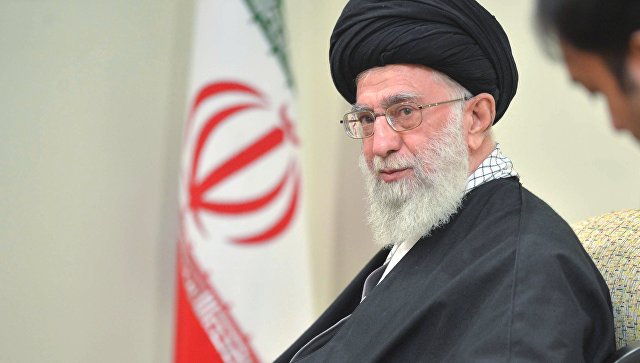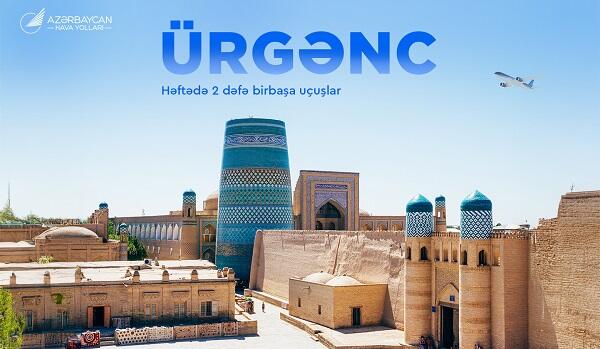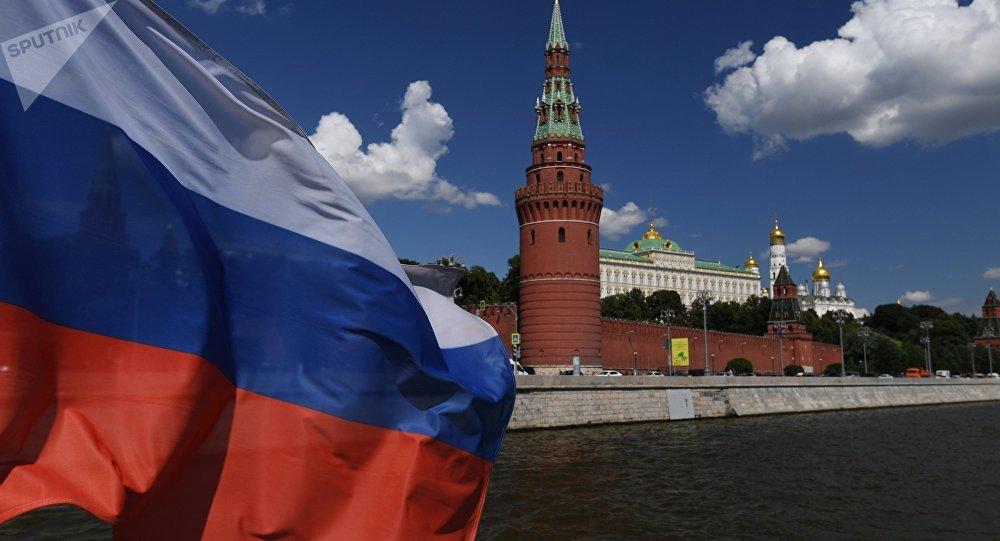One of the most audacious space missions ever undertaken is about to come to an end.
The Rosetta probe that has been tracking a comet for the past two years is going to deliberately crash itself into the 4km-wide ball of ice and dust.
European Space Agency scientists say the satellite has come to the end of its useful life and they want to get some final, ultra-close measurements.
Rosetta is not expected to survive the impact with Comet 67P.
But even if some of its systems remain functional, pre-loaded software on board will ensure everything is shut down on contact.
Controllers here at Esa's operations centre in Darmstadt, Germany, commanded Rosetta to change course late on Thursday.
The manoeuvre altered its wide orbit around the duck-shaped icy wanderer and put it on a direct collision course.
It is a 19km descent that should lead to the probe hitting the comet's "head" at roughly walking pace at about 11:18 GMT (12:18 BST/1318 CEST) on Friday.
The crash velocity will be low, less than a metre per second, but Rosetta was never designed to land and so various components will almost certainly be crushed as it dumps down.
"Just to give you an example, if the high-gain antenna is off-pointing by more than half a degree then there is no communication possible anymore," said Esa spacecraft operations manager Sylvain Lodiot.
Rosetta arrived at 67P/Churyumov-Gerasimenko - to give the comet its full name - in August 2014, after a 10-year journey from Earth.
In the 25 months the probe has lived alongside the mountainous object it has acquired more than 100,000 images and instrument readings.
These have provided an unprecedented insight into the behaviour of the comet, its structure and chemistry.
Rosetta even dropped a small robot called Philae on to the surface in November 2014 to gather additional information - a historic first in space exploration.
Comets are thought to be the near-pristine leftovers from the formation of the Solar System, and so all the data sent back from 67P will give scientists a remarkable glimpse into the conditions that existed four and a half billion years ago.
"We're now entering the final stage of the space segment of the mission, if you like. But Rosetta's data will be exploited for decades to come," said Rosetta flight director Andrea Accomazzo.
It is unclear how many pictures Rosetta will be able to send back to Earth before it crashes. The desire is to despatch images taken from as little as perhaps 15m or 20m from the surface.
All the information will be routed through big radio dishes operated by the US space agency, which has been a partner on the project.
Esa project scientist Matt Taylor said the team had discussed the idea of putting Rosetta to sleep for a few years and then trying to wake it up again when 67P next visited the inner Solar System. But there was no confidence Rosetta would still be working: "It's like one of those 60s rock bands; we don't want to have a rubbish comeback tour. We'd rather go out now in true rock'n'roll style."



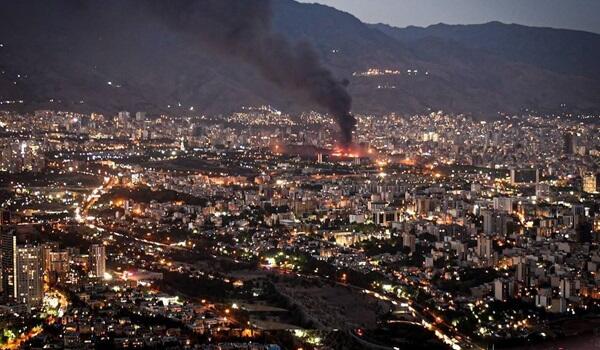

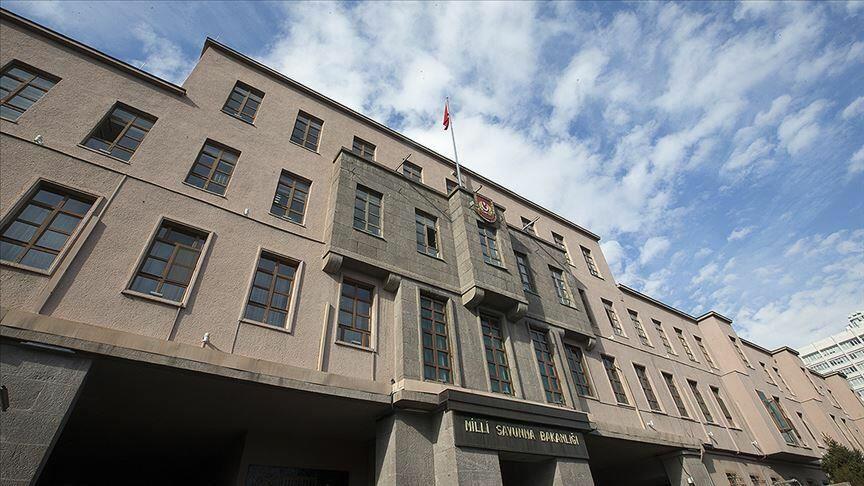





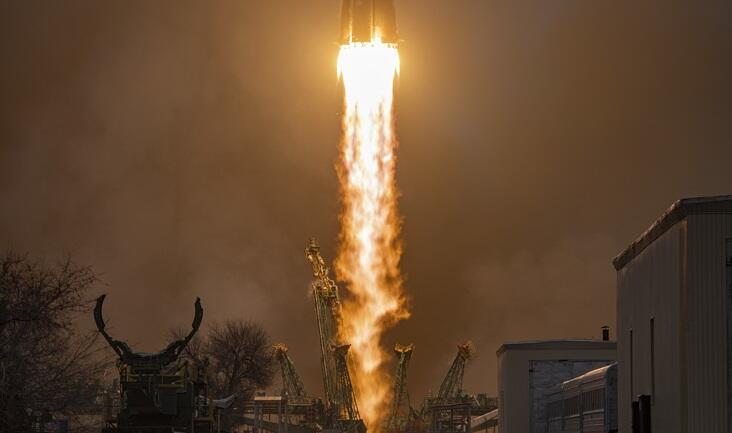
.jpg)




